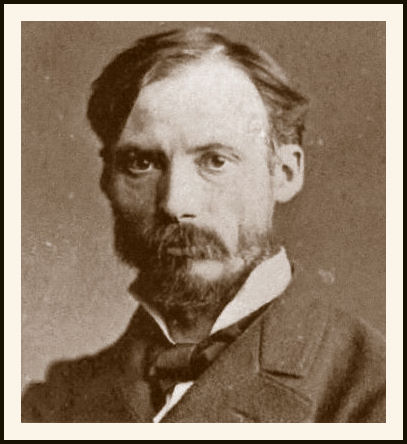The Cathédrale Notre-Dame de Chartres, known as the Chartres Cathedral is located in Chartres, France is the most beautiful example of Gothic architecture as well as one of the most majestic architectural achievements of that era.
Located about 50 miles from Paris, the cross shaped cathedral seems to float above the fields surrounding it. Ornate facades decorate the three portals on that side. Flanking each opening several figures of prophets and kings and queens cover the columns in a lavish fashion, presenting a beautiful display.
Designed in the cross shape, popular during the time period, the Chartres Cathedral, boasts huge double flying buttresses of an unprecedented size, making an impressive addition to the majestic splendor to its appearance. The nave is supported by these buttresses and because of that, the Chartres Cathedral is the first building in which buttresses were incorporated in the overall exterior design.
A labyrinth is featured in a mosaic design on the floor of the main area, where pilgrims slowly walk through the pattern with their heads bowed in prayer.
This is a modern ritual for which the chairs are removed from the nave once per month in order to allow the procession.
Ornate facades decorate the three portals on that side. Flanking each opening several figures of prophets and kings and queens cover the columns in a lavish fashion, presenting a beautiful display.
Inside, the interior is both expansive and ornate. Its high ceilings are supported by compound piers, which support several arches each.















